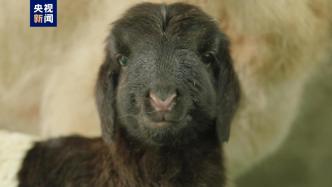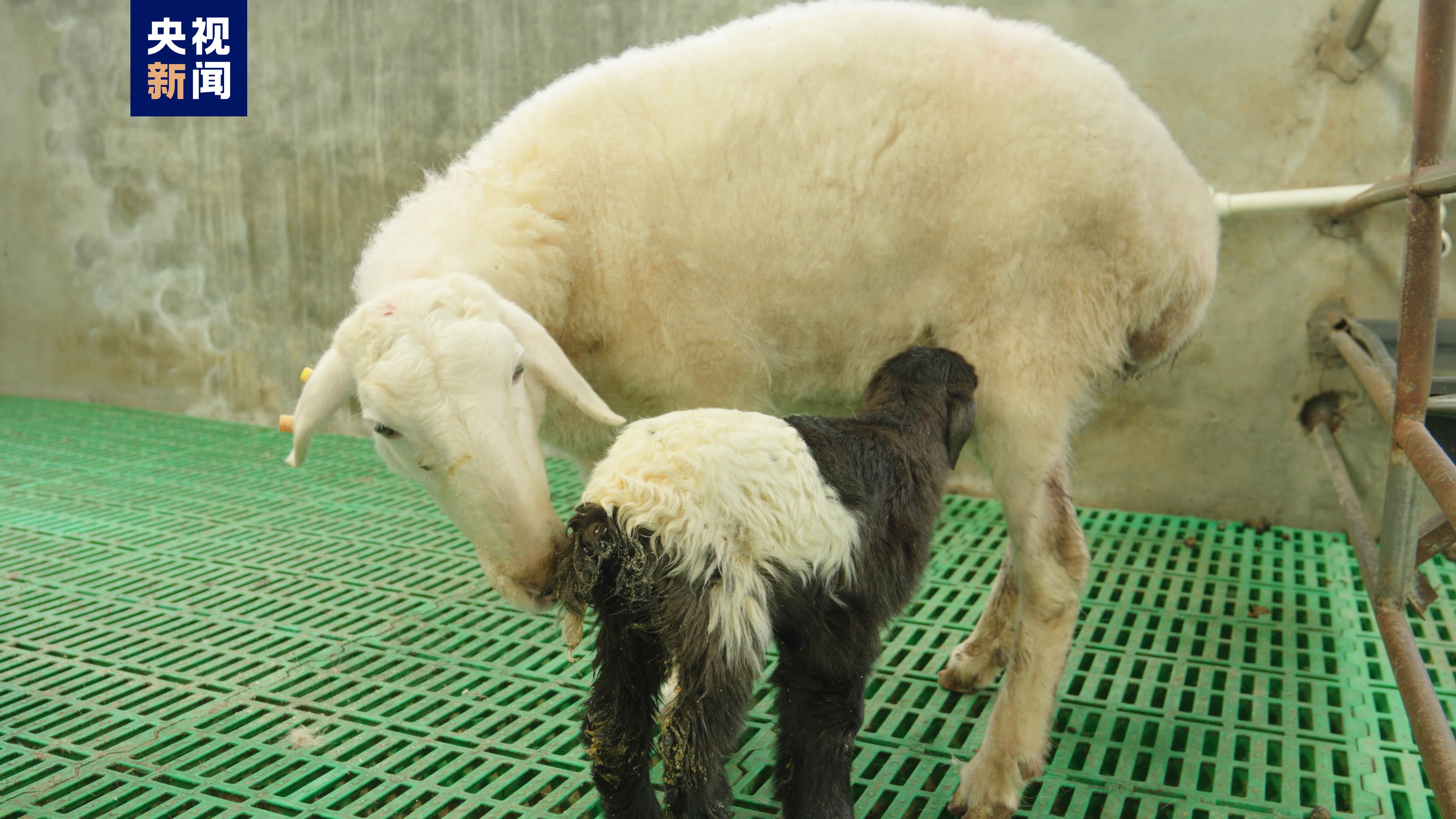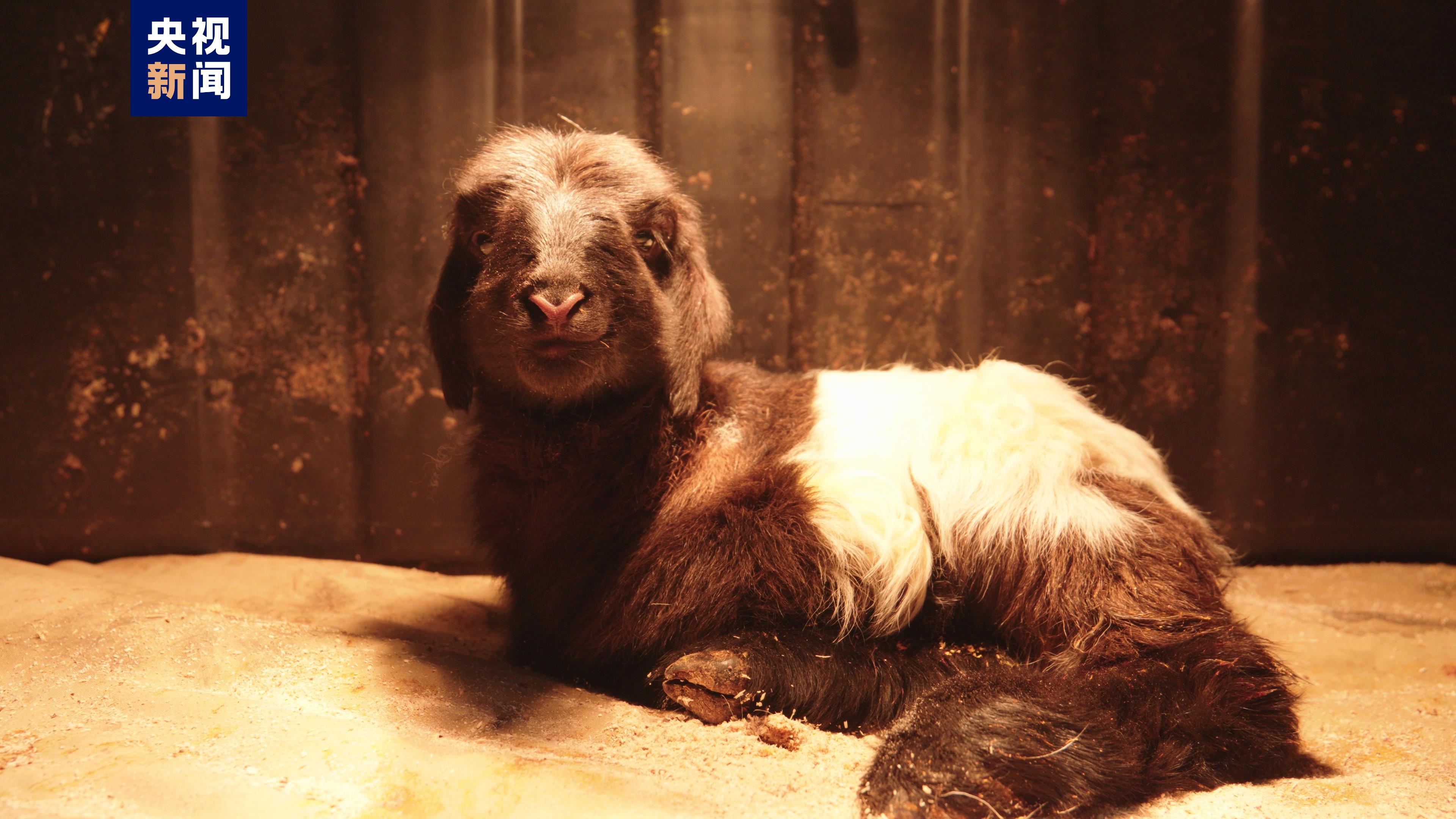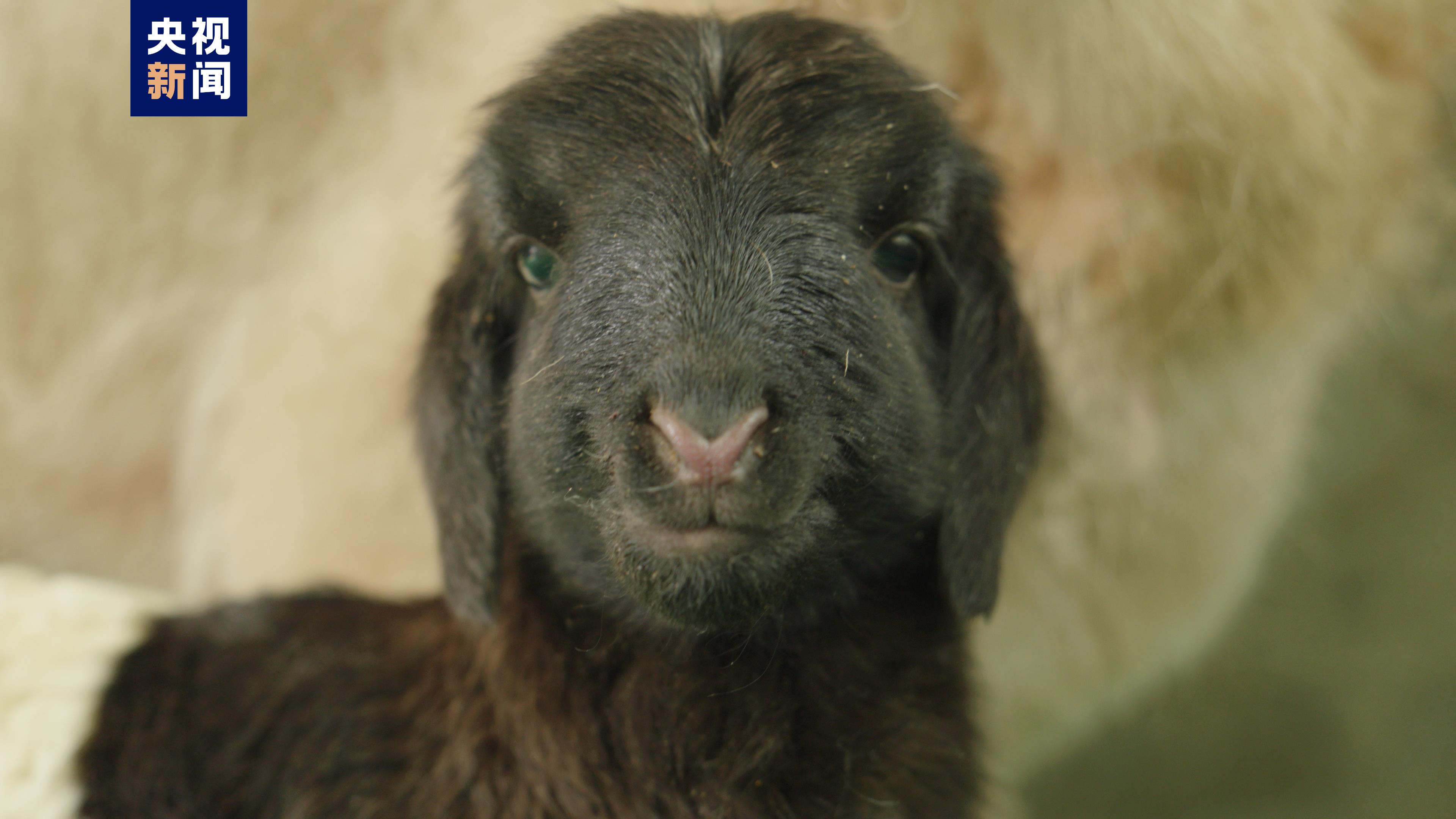

Recently, a "cloned Tibetan sheep" bred by a team from Northwest Agriculture and Forestry University and the Animal Disease Prevention and Control Center of Xining City, Qinghai Province was successfully born in Qinghai. This is the first time in China that somatic cell cloning technology has been used to restore and preserve the germplasm of excellent individuals in the existing Tibetan sheep population, and to use it for efficient breeding of fine Tibetan sheep.
The newborn cloned Tibetan sheep weighed 3.4 kilograms and was clinically healthy. Currently, two cloned Tibetan sheep have been born at the base.

Tibetan sheep breeding is one of the main sources of income for farmers and herdsmen on the Qinghai-Tibet Plateau. However, the breeding efficiency of Tibetan sheep is not high, and the utilization rate of excellent breeding rams is low, which has a great impact on the development of the industry. The team from Northwest Agriculture and Forestry University, in conjunction with the Xining Animal Disease Prevention and Control Center, and with the support of the Qinghai Provincial Department of Science and Technology, has been working on the research of yak and Tibetan sheep embryo engineering application technology since 2018. The Oula sheep is a type of Tibetan sheep with a strong physique, tall limbs and large body. This study selected 3 excellent breeding rams and 1 ewe from the Herdsmen’s Professional Cooperative of the Atuosuhuola Sheep Breeding Farm in Henan Mongolian Autonomous County, Qinghai Province, including rams weighing more than 400 kilograms and winning many prizes in breeding ram competitions. of top Euler sheep.
The initial pregnancy rate of the 43 recipient sheep for this cloned embryo transfer reached 58.1%, and the 120-day pregnancy rate reached 37.2%. A batch of lambs will be born one after another.

Su Jianmin, a professor at Northwest Agriculture and Forestry University, said that through cloning technology, the genetic information of high-quality breeding sheep can be copied 100%, and its genetic resources can be fully utilized and expanded. It will increase the income of local farmers and herdsmen and provide scientific and technological strength for the development of local seed industry.